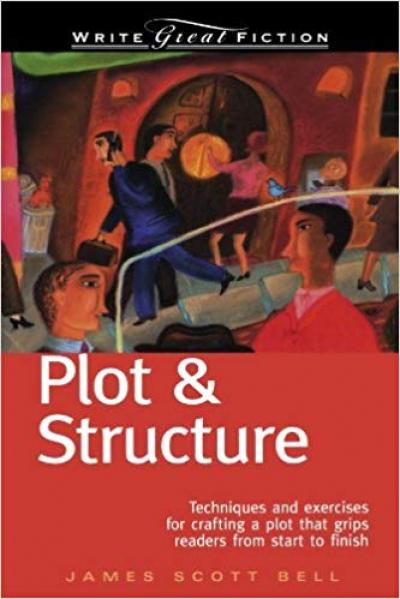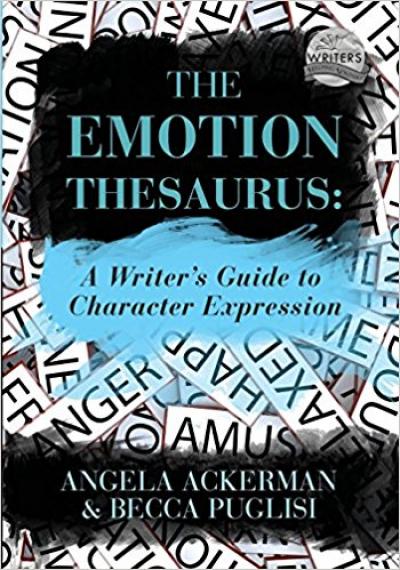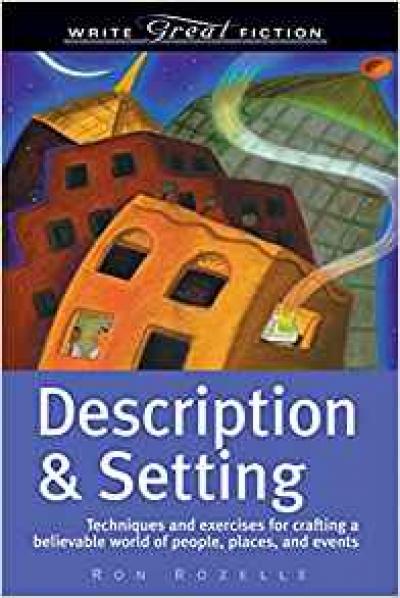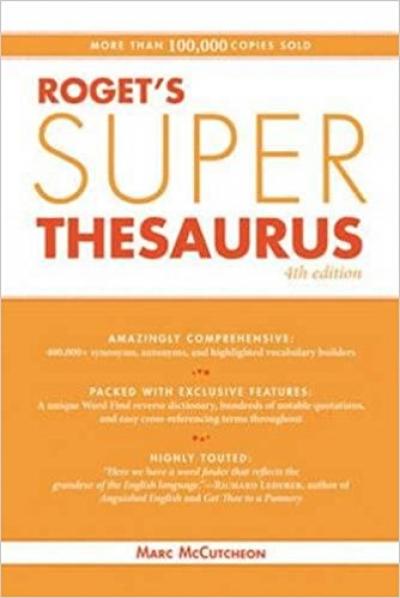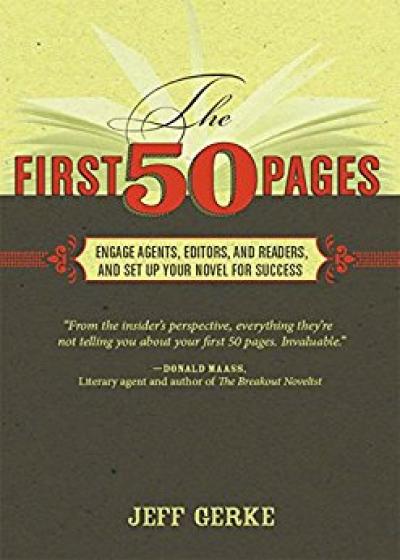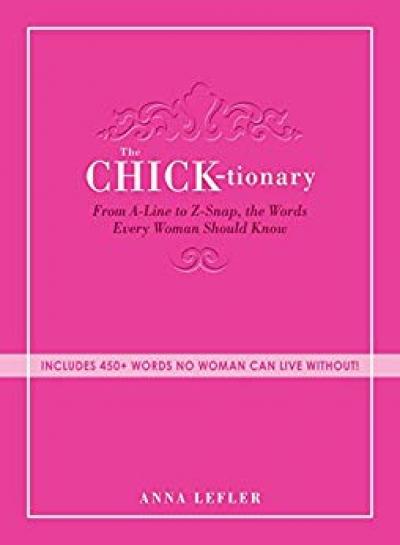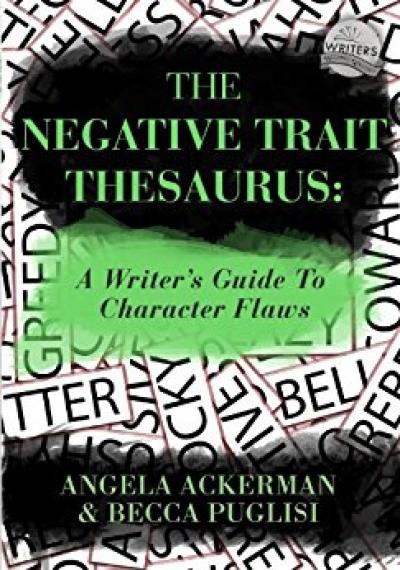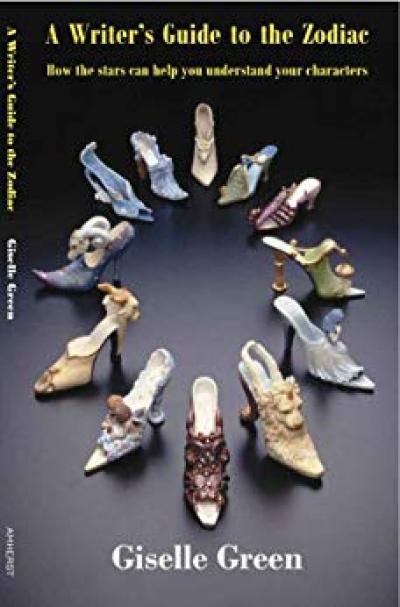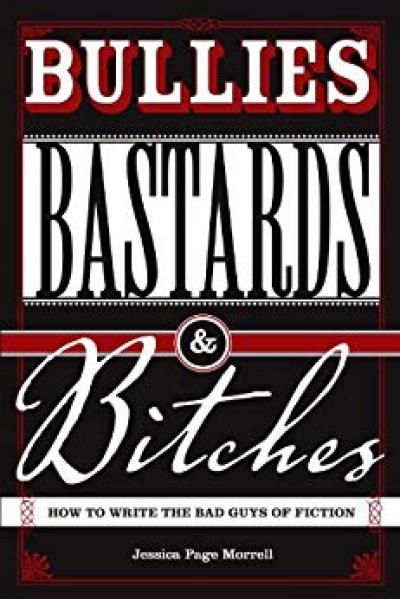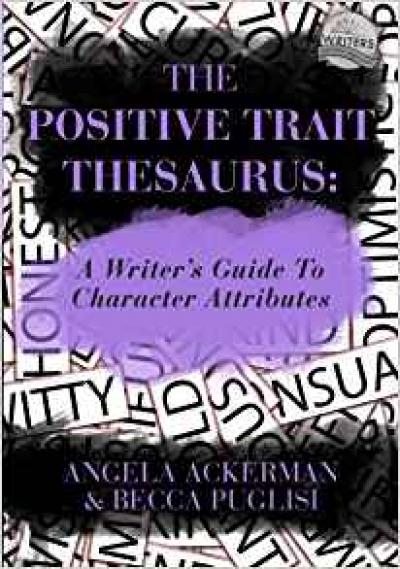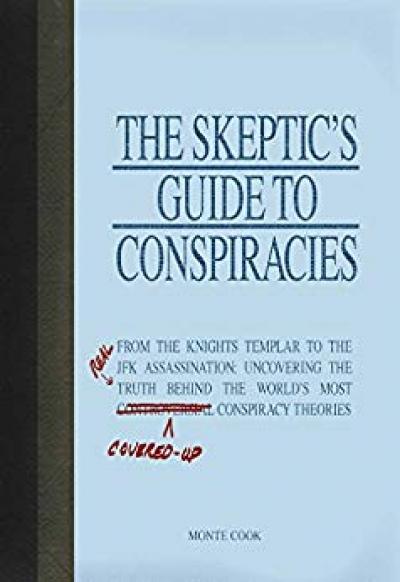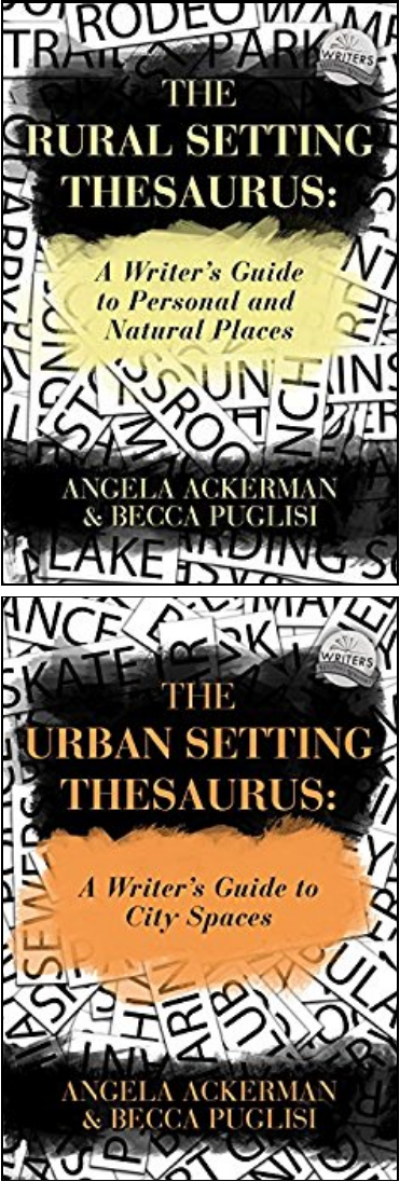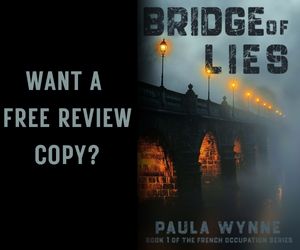The Rural and Urban Settings Thesaurus
Scene Settings are critical pieces of the puzzle that will eventually make up your entire novel. It might be new novel settings that you require or maybe ramping up current scene locations that are not fitting snugly into the rest of your plot.
Most of the time writers and authors use scene settings that they know and thus naturally come with a sense of comfort. But what about exciting your readers with new places for them to experience through your characters? After all, the reason readers read is to travel to new places, meet new people and experience new emotions ~ all through your stories.
As writers we are taught that everything in our scenes must be seen through the eyes of our PoV characters. This is vitally important when looking at your novel's scene settings. Your hero may love a certain place, but someone else, possibly your villain, will hate it.
The same will happen when you browse through the list of settings ideas in this book. Most importantly, 101 Writer’s Scene Settings is aimed at generating deeper opinions from you if that particular setting may work for your story, or if that scene setting inspires something else in you.
Create Memorable Settings
There are some essential books a writer needs to have beside them as they tip tap out their novel. These three will join the list I have created in Pimp My Fiction, the free book on writing resources.
The Rural Setting Thesaurus
If you haven't read writing resource books by Angela Ackerman and Becca Puglisi, you are missing out big time. Seriously! My all-time favourite writing resource guide, which I simply cannot be without, is their book on creating emotions for your fictional people to Give Your Characters Emotional Impact.
Within the pages of your novel exists a world drawn from your deepest imaginings.
You have to pull readers into the story, but their fascination will only last if you can describe this vibrant realm and its inhabitants well. The setting achieves this by offering readers a unique sensory experience. So much more than stage dressing, the setting can build mood, convey meaning through symbolism, drive the plot by creating challenges that force the hero to fight for what he wants, and trigger their emotions to reveal their most intimate feelings, fears, and desires.
Inside The Rural Setting Thesaurus, you’ll find:
•A list of the sights, smells, tastes, textures, and sounds for over 100 settings revolving around school, home, and nature
•Possible sources of conflict for each location to help you brainstorm ways to naturally complicate matters for your characters
•Advice on the many effective ways to build mood, helping you steer both the character’s and readers’ emotions in every scene
•Information on how the setting directly influences the plot by acting as a tuning fork for what a character needs most and by testing his dedication to his goals
•A tutorial on figurative language and how different descriptive techniques can bring settings alive for readers while conveying a symbolic message or deeper meaning
•A review of the challenges that arise when writing description, as well as special considerations that apply specifically to rural and personal settings
Making readers care and feel like they’re part of the story should be your number one goal. Ironically, many storytellers fail to maximize one of fiction’s most powerful elements to achieve this: the setting.
Rather than being a simple rural setting against which events unfold, every location has the potential to become a conduit for conveying emotion, characterizing the cast, providing opportunities for deep point of view, and revealing significant backstory.
The Urban Setting Thesaurus
Opposite to a rural countryside setting, here come the cityscapes with lots of different places where your characters will live, work and play.
Inside The Urban Thesaurus, you’ll find:
•A list of the sights, smells, tastes, textures, and sounds for over 120 urban settings
•Possible sources of conflict for each location to help you brainstorm ways to naturally complicate matters for your characters
•Advice on how to make every piece of description count so you can maintain the right pace and keep readers engaged
•Tips on utilizing the five senses to encourage readers to more fully experience each moment by triggering their own emotional memories
•Information on how to use the setting to characterize a story’s cast through personalization and emotional values while using emotional triggers to steer their decisions
•A review of specific challenges that arise when writing urban locations, along with common descriptive pitfalls that should be avoided
The Urban Setting Thesaurus helps you tailor each setting to your characters while creating a realistic, textured world readers will long to return to, even after the book closes.
How To Use The Setting Guides
Your settings either through narrator descriptions or through the POV’s eyes should be multi-faceted and do more than simply anchor readers. Either plan ahead and weave in the five senses, the quality of light, weather and seasonal elements, the desired mood, and symbols and motifs that will remind the POV character of past events, a choice to be made, old fears, or hopes for the future. Or add them as you are writing the scene. Alternatively, get the scene written while your thoughts are buzzing around in your head and add TAGS for yourself as reminders.
When I am in 'writing mode' which is when I don't want to be distracted by going to look up any research, check facts or find inspiration for a setting, I make notes to myself in capital letters so I can see them easily when I am editing the scene. Some authors have their own little code such as XXX and they do a search of that in their document to find their 'code' notes. However you do it doesn't much matter, as long as you go back to add sensory details to your scene if you didn't get it down when your first wrote the scene.
Sensory Setting Checks
When I need to get the stuff in my head down on paper - or rather, into Scrivener, I find adding notes to myself is the best way I find to use the guides:
1. Write your scene. Squeeze out all the words you need. To avoid pausing and denting your speed to get the words onto the page, add notes to yourself such as ADD SCENE SENSES HERE. Or SPRINKLE SENSES THROUGH THIS SCENE.
2. Go away from the scene to other scenes or something else.
3. Come back to the scene when you are doing another draft and now start looking for the places where you can add sounds, sights, tastes and other senses for your scene.
4. Grab your copy of either the rural or urban setting thesaurus and find the location you are working with in your scene or something similar.
5. Now the fun starts ... Where Angela and Becca have given you a long list of items you can use under each setting, decide how your character would see this setting and how they would feel about it.
6. I use Scrivener writing software to write my novels. When I finish the first draft of the chapter I set the status to 'SCENES CHECKLIST' which reminds me to come back and add sensory writing using all the character's senses. This is the time to browse through the lists and find sights, sounds, tastes and smells of how your character would describe the setting.
Of course, if anything comes to me as I am writing the scene, I add it in immediately so I don’t forget the thread.
Adding Emotional Impact
On that note, I also add a note to myself with EMOTIONS and then when I do the SCENE CHECKLIST, I consult Becca and Angela's excellent Emotional Thesaurus. Having said that, The Urban Settings Thesaurus and The Rural Settings Thesaurus are fast becoming essential in my writing-on-the-go toolkit. I simply cannot do with the Emotions Thesaurus and although I have only had the two settings thesaurus for a short while I am convinced they will always be by my side when writing my novels. As a writer, your investment is fast paid for with Angela and Becca. They create such great resources for writers, go check them out!
Your Character's Senses
Angela and Becca give you a thorough list of senses from each setting. They list out each sense with lots of things your character would touch, taste, smell, see or hear. They don’t stop there. They give you setting notes and tips with an example for how you could use each setting. They add to this with ideas for conflict that your character could face. Each setting is rammed with vivid descriptions laid out in bullets so you can pick and choose. Your character may hate the place or love it, but either way you will get a complete picture of them standing in that surrounding just by reading through the list Angela and Becca have given you.
From this you take away what you need to take … no, what you character needs to feel and experience in the vibrant setting descriptions.
On top of all that, the authors share technical information where needed and environmental hazards such as toxins or gases that could be found in that setting, such as an abandoned mine.
Sensory Writing
Think of something as simple as say, rusted nails. What does these two little words say to your readers. If your character is in a setting, any setting that could possibly have rusted nails, not only would you show them, but you could use those two little words as conflict. For example, your character could stub their toe on the rusted nails. Or stand on a rusted nail and thus you have the chance to add more ‘worry plates’ (See the chapter on blueprints) to your reader because now your character may get an infection before they can get out of this wretched setting.
Another example: splintered wood. You could use this to cause injury to your character or have them whack a splintered piece of wood over the villain’s head. Why just whack a piece of plank, when it can be splintered. Can you see how this adds imagery to your readers mind.
Angela and Becca finish each setting piece by explaining the techniques and devices they have used in their examples. If you’re stuck for inspiration, read the example as you may want to put your character in the same situation or a completely opposite scenario. You may not want to use that but get ideas for another way of adding conflict or other writing techniques like foreshadowing or revealing character. Could your scenes do without these vivid guides? Mine certainly can’t!


